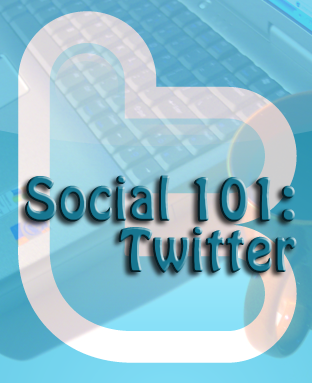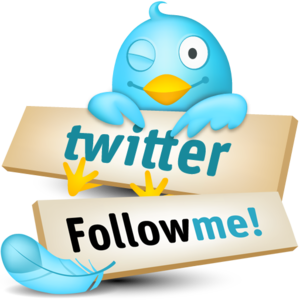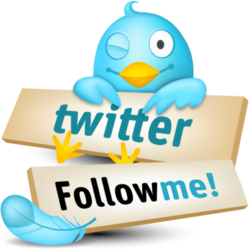 Twitter is a microblogging tool that allows users to send out “tweets” that contain 140 characters worth of information. Microblogging is defined by Dictionary.com as a verb:
Twitter is a microblogging tool that allows users to send out “tweets” that contain 140 characters worth of information. Microblogging is defined by Dictionary.com as a verb:
to post very short entries, as a brief update or a photo, on a blog or social-networking Web site
Based on this definition, Twitter is a blog platform that allows very short entries of 140 characters. Of all the blogging platforms that exist, Twitter is by far the easiest to contribute content to.
The Big Question: What do I tweet?
If you have a blog, you should absolutely share your posts. If you want people to want to read your posts, you have to devote some time to interacting with people you’re following. I notice a significant difference in my traffic numbers when I’m active on twitter and when I’m not. People want to connect with you regularly and twitter is the best way to do that. When I started out, I had to make a conscious decision to get on Twitter. I had no idea what I was doing, but I watched other people. Eventually, I jumped into conversations more and more and started gaining a true following of people I engaged regularly. So, how do you engage? Here are some of the many ways you can do it:
- Post a tweet about what you’re doing (work, cooking, drinking, watching TV, playing with kids - anything).
- Share an article/blog post that you’re reading or have written.
- Tweet a photo you’ve taken.
- Ask a question.
- Jump into conversations.
- Tell a joke.
- Share valuable information - events, news, etc.
- Participate in a community via hashtags.
- Retweet others.
- Talk about your interests and look for others who share them. (Twitter Search is a great place to start).
Twitter has so many creative and business uses. It’s all about being social and sharing interesting information. I like to describe Twitter as a chat room - you know, those antiquated things were all hanging out in 15 years ago on dial-up? The difference is that this chatroom is completely open to the entire world (with the exception of private accounts).
It can be confusing to find your way on Twitter with all the different ways that people use it. There is a widespread belief that reciprocity is expected and required. I disagree with this notion.
If the guys who started Twitter had expected reciprocity, they would follow back everyone who follows them (they don’t) or they would have built the tool so that it required reciprocity (they didn’t). Twitter, unlike Facebook, allows every user to have a custom experience. There are some great features built into Twitter that aid this customization:
- Lists - allow you to segment and group based on any parameter you want,
- Favorites - a system for saving tweets that you want to review later,
- Hashtags - follow a topic, participate in a community - even if you aren’t following everyone.
This isn’t an exhaustive list of Twitter features, but these are the most commonly used. Try them out. Play with Twitter and experiment to see what works. There isn’t a one-size-fits-all way to use it. With time and use, you will find a comfortable pace and practice.
If you’re using Twitter to connect with people, then you’re on the right track. Be intentional about it. Set aside a time each day to tweet, even if only to say hello to a few people when you’re waiting in line at the grocery store. If you’re using Twitter to gain a following, then you may find yourself disappointed. I’d rather have 500 people who follow and interact with me than 400,000 who miss my tweets and never talk to me because they’re following 400,000 people back. Don’t get caught up in the numbers game - whether it’s follower counts, Klout scores or traffic to your blog. Social media growth is slow and steady for the vast majority of users.
Don’t take my word for it - here are some other recent Twitter articles for you to explore:
- A Beginner’s Guide to Twitter - ReadWriteWeb, Joe Brockmeier
- U R What U Tweet: 5 Steps To A Better Personal Brand - Fast Company, Amber Mac
Now, I’ll ask you: What’s your best advice for Twitter users who don’t know what to say?




